
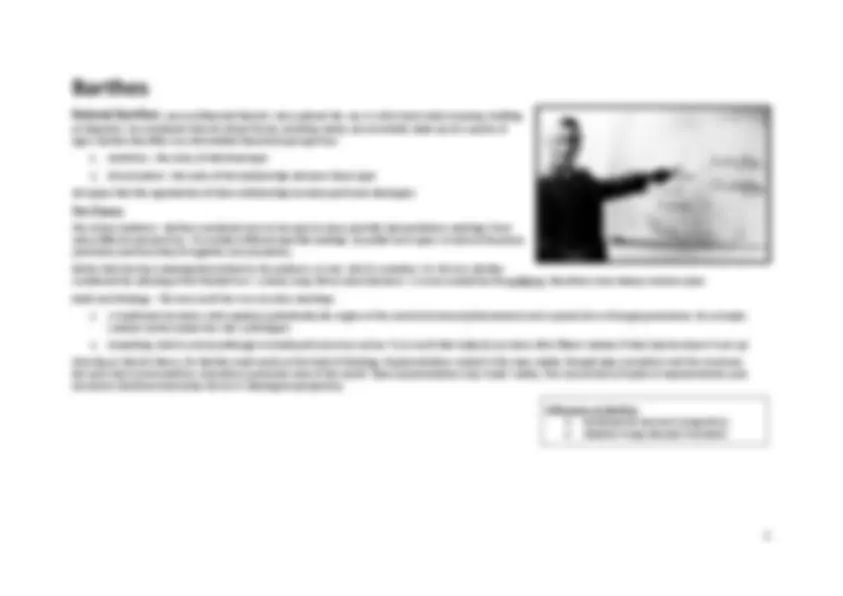
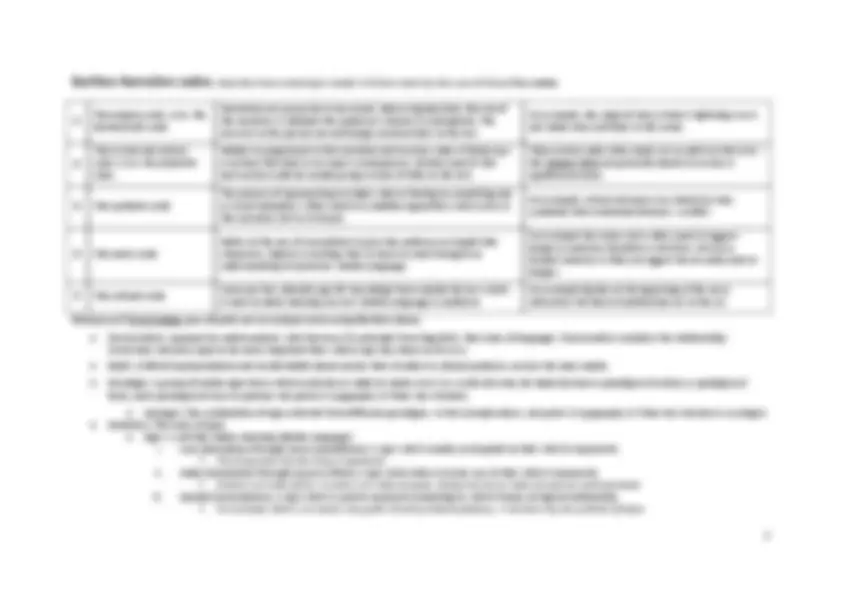
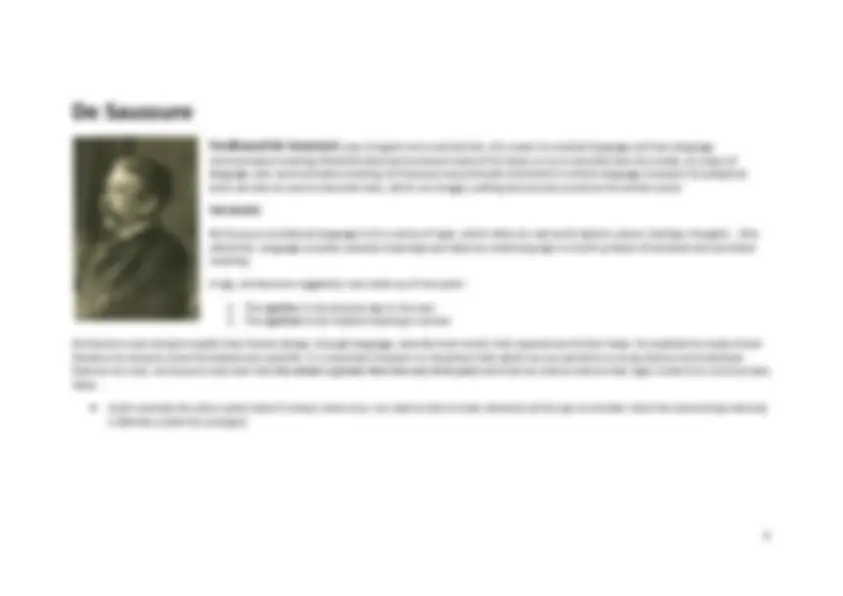
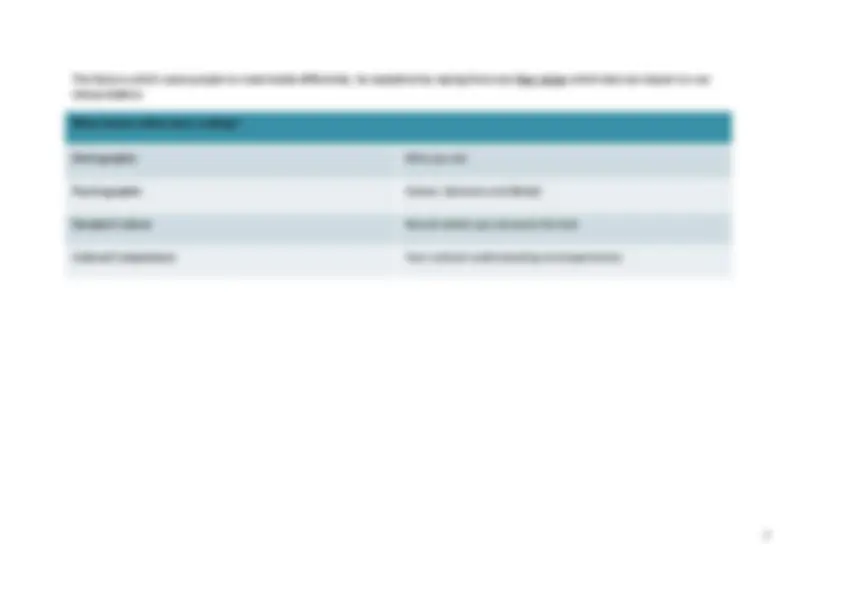
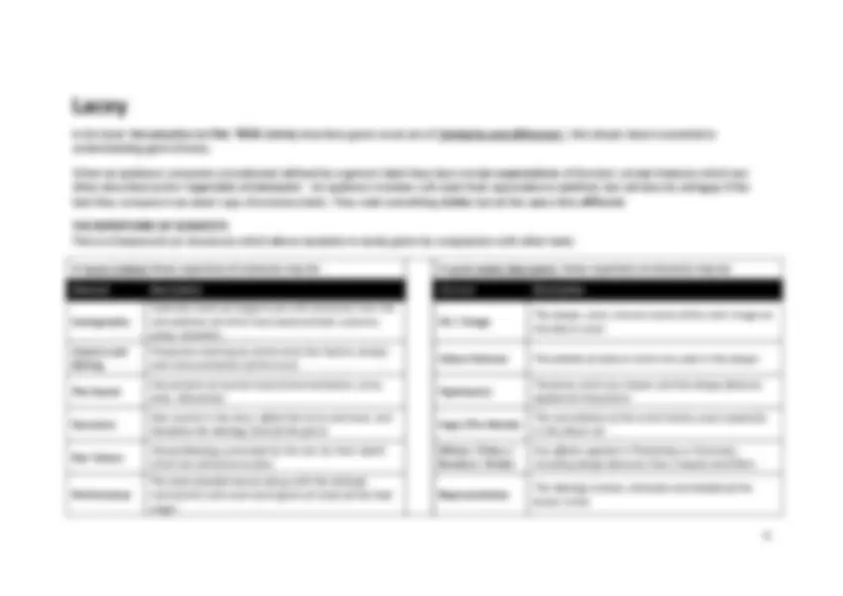
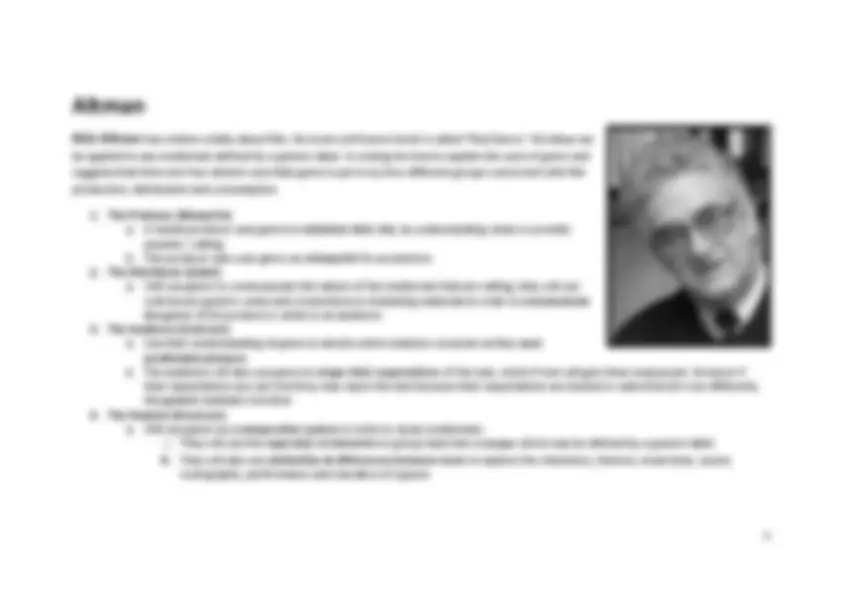


Study with the several resources on Docsity

Earn points by helping other students or get them with a premium plan


Prepare for your exams
Study with the several resources on Docsity

Earn points to download
Earn points by helping other students or get them with a premium plan
Community
Ask the community for help and clear up your study doubts
Discover the best universities in your country according to Docsity users
Free resources
Download our free guides on studying techniques, anxiety management strategies, and thesis advice from Docsity tutors
They noticed that regulating media to protect citizens from harmful content can limit freedom of expression.
Typology: Study Guides, Projects, Research
1 / 12

This page cannot be seen from the preview
Don't miss anything!







Concept A Basic Description^ Theorists Audience The uses and gratifications of media texts and the ways in which texts are designed to be read by a specific audience. Barthes Dyer Hall Representation An image and an idea. Barthes Dyer Hall Media Language The signs and symbols used that encode meaning in a media text The conventional features of media texts which are categorized in broad families. Barthes De Saussure Altman + Hall Industry The ways in which ownership of media concentrates power The conflict between freedom of expression and media regulation. Curran & Seaton Livingston & Lunt
Glossary of Terminology you should use to analyse texts using Barthes ideas: ● Structuralism : Approach to media analysis which borrows its principles from linguistics (the study of language). Structuralism considers the relationships (structures) between signs to be more important than what a sign may mean on its own. ● Myth : Artificial representations and invalid beliefs about society that circulate in cultural products, such as the mass media. ● Paradigm : A group of similar signs from which a selection is made to make a text (i.e. a selection may be made between a paradigm of colours, a paradigm of fonts, and a paradigm of sizes to produce red point 12 typography in Times New Roman). a. Syntagm : The combination of signs selected from different paradigms. In the example above, red point 12 typography in Times New Roman is a syntagm. ● Semiotics : The study of signs a. Sign : A unit that makes meaning (Media Language) i. Icon (Denotation through close resemblance) : A sign which visually corresponds to that which it represents.
communicates meaning. Media Studies has borrowed many of his ideas, to try to describe how the media, as a type of language, also communicates meaning. De Saussure was primarily interested in written language; however his analytical tools can also be used to describe texts, which use images, editing and sounds as well as the written word. THE BASICS De Saussure considered language to be a series of signs, which refers to real world objects, places, feelings, thoughts... (the referents). Language encodes complex meanings and ideas by combining signs to build up layers of denoted and connoted meaning. A sign, de Saussure suggested, was made up of two parts:
different interpretations and responses to media texts. He tried to understand a very simple question; ‘Why do some people like one media text and dislike another? ’ Furthermore he tried to understand the ideological underpinning of media texts & media audiences and he moved media theory away from a model, which assumed that the audience was a ‘mass audience’ which responded en-masse and interpreted a text in the same way. His ideas are part of ‘Reception Theory’. Reception theory states that the way in which an audience has individual interpretation of a media text and that reading is a two stage process.
The factors which cause people to read media differently, he explained by saying there are four areas which have an impact on our interpretation. What factors affect your reading? Demographic Who you are Psychographic Values, Opinions and Beliefs Situated Culture How & where you consume the text Cultural Competence Your cultural understanding and experiences
be applied to any media text defined by a generic label. In writing he tries to explain the uses of genre and suggests that there are four distinct uses that genre is put to by four different groups concerned with film production, distribution and consumption.
1. The Producer (Blueprint) a. A media producer uses genre to minimize their risk, by understanding what is currently popular / selling. b. The producer also uses genre as a blueprint for production. 2. The Distributor (Label) a. Will use genre to communicate the nature of the media text that are selling; they will use well known generic codes and conventions in marketing materials in order to communicate the genre of the product or artist to an audience. 3. The Audience (Contract) a. Use their understanding of genre to decide which media to consume as they seek predictable pleasure. b. The audience will also use genre to shape their expectations of the text, which if met will give them enjoyment. However if their expectations are not met they may reject the text because their expectations are denied or subverted (it’s too different); the generic contract is broken 4. The Student (Structure) a. Will use genre as a comparative system in order to study media texts. i. They will use the repertoire of elements to group texts into a corpus which may be defined by a generic label.
iconography, performance and narrative of a genre.
Curran & Seaton's Power & Media Industries Theory A political economy approach to the media – arguing that patterns of ownership and control are the most significant factors in how the media operate. Media industries follow the normal capitalist pattern of increasing concentration of ownership in fewer and fewer hands. ● This leads to a narrowing of the range of opinions represented and a pursuit of profit at the expense of quality or creativity. The internet does not represent a rupture with the past in that it does not offer a level playing field for diverse voices to be heard. It is constrained by nationalism and state censorship. News is still controlled by powerful news organisations, who have successfully defended their oligarch.